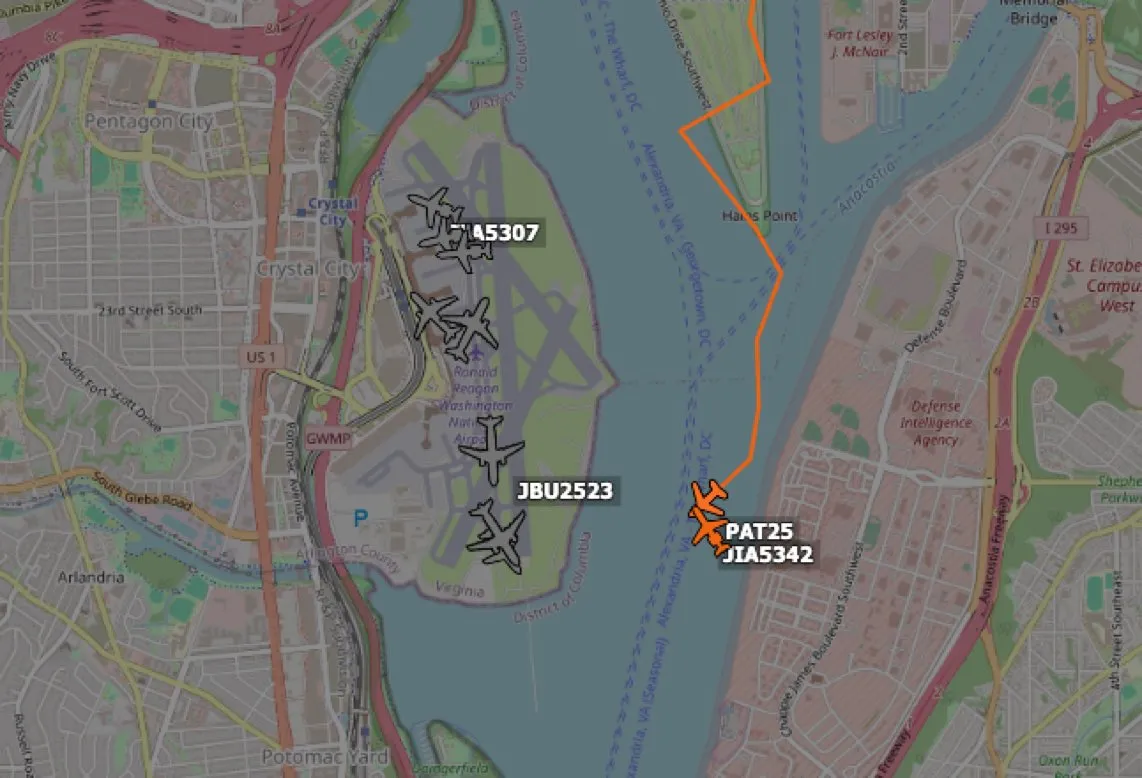Unlocking the Skies: How ADS-B is Revolutionizing Air Travel in America!
In the rapidly evolving world of aviation, a groundbreaking technology is transforming the way we navigate the skies. Automatic Dependent Surveillance-Broadcast (ADS-B) has emerged as a game-changing innovation that is reshaping air travel safety, efficiency, and communication across the United States.
What exactly is ADS-B? At its core, this revolutionary technology is a sophisticated surveillance system that allows aircraft to continuously broadcast critical information, including their precise location, altitude, speed, and identification. Unlike traditional radar systems, ADS-B provides real-time, accurate data that is accessible to both pilots and air traffic controllers.
The Federal Aviation Administration (FAA) has been at the forefront of implementing this transformative technology. In a landmark move, the agency mandated ADS-B equipage for aircraft operating in specific airspaces, signaling a new era of aviation safety and efficiency. “This is more than just a technological upgrade,” says Michael Roberts, a senior aviation safety expert. “It’s a fundamental reimagining of how we track and manage aircraft.”
Key benefits of ADS-B include:
- Enhanced Safety: Dramatically reduced risk of mid-air collisions
- Improved Efficiency: Optimized flight paths and reduced fuel consumption
- Real-Time Tracking: Unprecedented situational awareness for pilots and controllers
- Environmental Impact: Significant reduction in carbon emissions
The technology’s impact extends far beyond commercial aviation. General aviation pilots are experiencing a revolution in cockpit awareness, with access to advanced tracking and weather information that was previously available only to large commercial carriers. Small aircraft can now benefit from the same cutting-edge technology that powers major airline operations.
Environmental considerations are at the heart of ADS-B’s innovation. By enabling more direct routing and reducing unnecessary flight time, the technology contributes significantly to reducing the aviation industry’s carbon footprint. Airlines are reporting fuel savings of up to 5-7% on some routes, translating to both economic and environmental benefits.
However, the implementation is not without challenges. Privacy concerns have emerged as a significant topic of discussion within the aviation community. The public nature of ADS-B broadcasts raises questions about the visibility of private and business aircraft, prompting ongoing debates about potential privacy protection mechanisms.
International standards are playing a crucial role in the global adoption of ADS-B. The technology is increasingly becoming a universal language of aviation, with countries worldwide recognizing its potential to enhance air travel safety and efficiency. “We’re seeing a global convergence towards this technology,” notes international aviation consultant Sarah Chen.
Looking to the future, experts predict continued advancements in ADS-B technology. Emerging innovations promise even more sophisticated tracking, improved data integration, and enhanced safety features. The potential for artificial intelligence and machine learning to further optimize ADS-B systems is particularly exciting.
Conclusion: Automatic Dependent Surveillance-Broadcast represents a pivotal moment in aviation history. By providing unprecedented levels of safety, efficiency, and communication, ADS-B is not just changing how we fly – it’s reimagining the entire concept of air travel.
As we look to the skies, one thing becomes clear: the future of aviation is here, and it’s broadcasting loud and clear.
Disclaimer: This article is based on current research and expert insights as of 2023. Aviation technology continues to evolve rapidly, and readers are encouraged to stay informed about the latest developments.






Leave a Comment